Vivo’s conquest for the mid-range segment continues with the launch of the V11. It combines the formula of a new design, a very capable processor, AI-powered optics, and a ton of other features to create, what seems to be the company’s most well-rounded device to-date. I was able to spend some time with a review unit, and here are my first thoughts.
Unboxing
Specifications
[table id=161 /]
Beautiful. No, Seriously.
 For the V11, Vivo has decided to go for some changes in the design – starting with the notch, which is now much smaller when compared to the V9. Of course, that also improves the phone’s screen-to-body ratio, and though just slightly, gives you more screen.
For the V11, Vivo has decided to go for some changes in the design – starting with the notch, which is now much smaller when compared to the V9. Of course, that also improves the phone’s screen-to-body ratio, and though just slightly, gives you more screen.
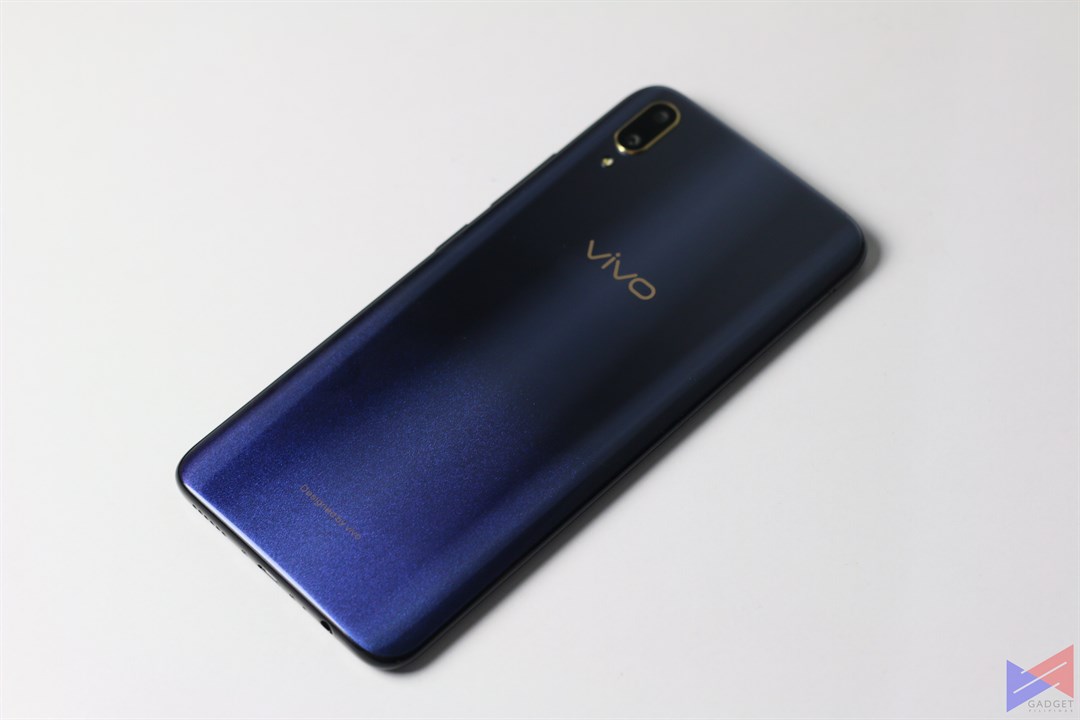 Next, they went outside of the conventional colors, and used a gradient for the back panel. Using what they call color fusion, it’s basically a mix of a sleek black and glossy finish, and a glittery blue finish that responds beautifully when illuminated at the right angle. The result is an incredibly elegant and premium look that makes the phone look more expensive than it actually is.
Next, they went outside of the conventional colors, and used a gradient for the back panel. Using what they call color fusion, it’s basically a mix of a sleek black and glossy finish, and a glittery blue finish that responds beautifully when illuminated at the right angle. The result is an incredibly elegant and premium look that makes the phone look more expensive than it actually is.
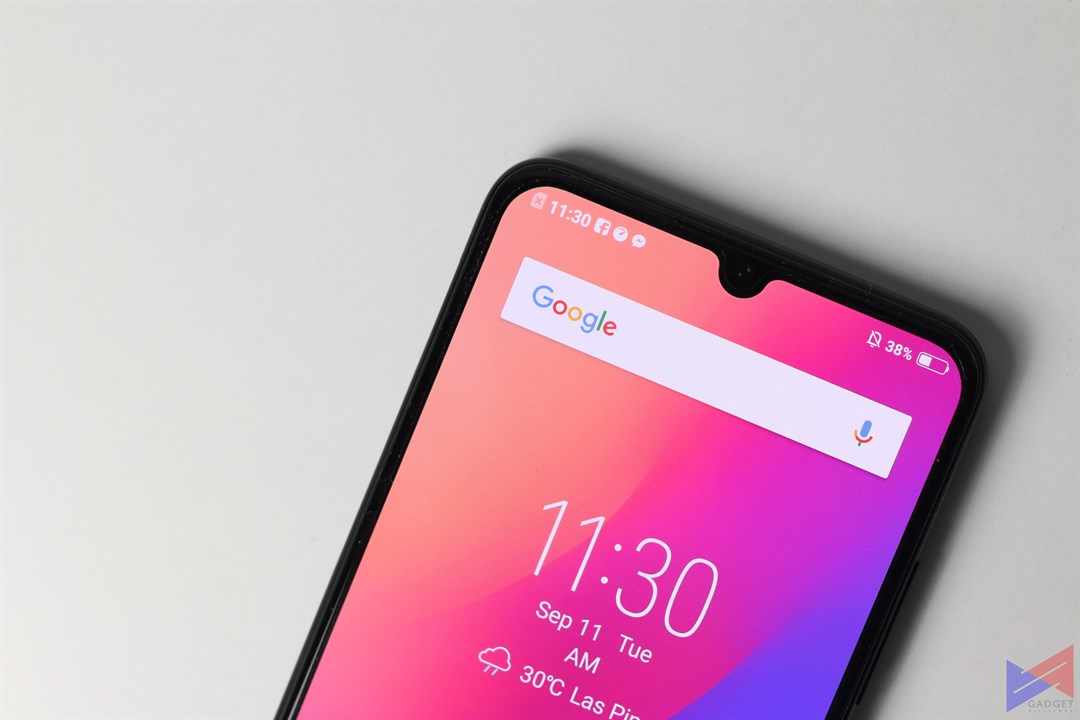 Speaking of the display, the V11 sports a 6.41-inch Super AMOLED display, which means you get more saturated colors than usual. Unfortunately, the display is barely visible in direct sunlight even at maximum brightness.
Speaking of the display, the V11 sports a 6.41-inch Super AMOLED display, which means you get more saturated colors than usual. Unfortunately, the display is barely visible in direct sunlight even at maximum brightness.
No Hiccups, So Far
The V11 runs on a Snapdragon 660 processor with AI capabilities – a very good choice, and a very capable processor that offers a huge bump in performance over the V9’s Snapdragon 626.
As such, using the phone for basic tasks such as social media, web browsing, music and video playback was a breeze. Oh, and it also has 6GB of RAM, which means it should handle heavy multi tasking with ease. We’ll have to test that out in our full review.
As for gaming, I’ve used a device with an SD660 before (ZenFone 4), and it ran NBA 2K17 at almost max settings smoothly. As such, I can more or less, expect good gaming performance from this phone.
Great Camera for a Mid-Range Device
If the V11 had an ace up its sleeve, I’d say it’s somewhere in the camera department. I’ve taken a number of sample shots, and I was quite impressed at the outcome. Day shots were detailed, sharp, and color reproduction is on-point.




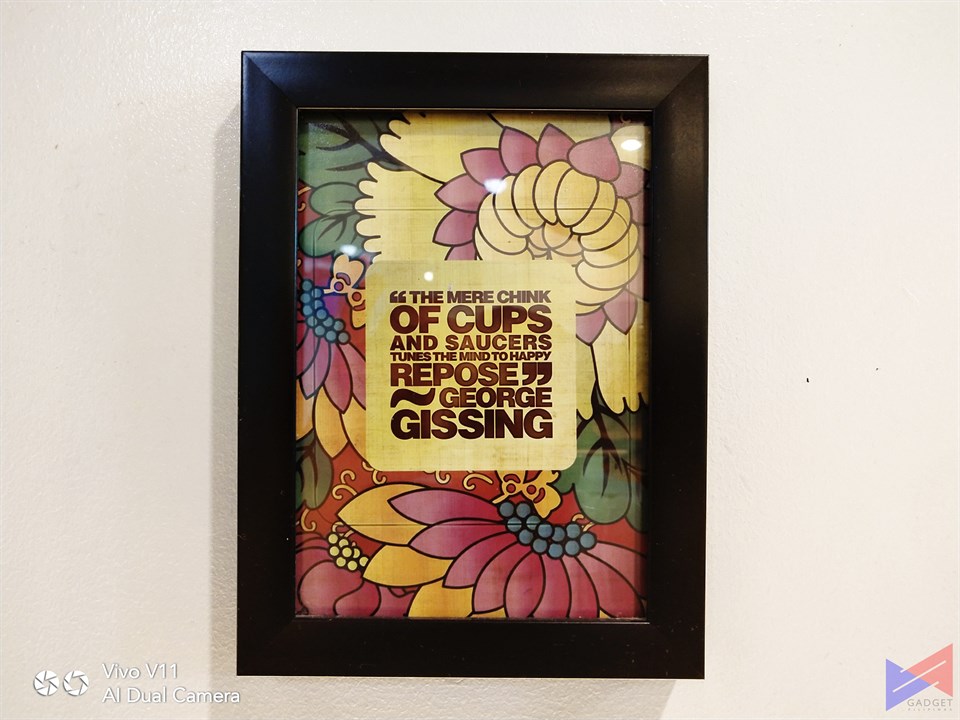 From observation, it seems that the phone’s AI isn’t as aggressive, and tries to keep the enhancements to a minimal, which is a good thing. AI Scene Recognition also works as explained, and can accurately differentiate between subjects.
From observation, it seems that the phone’s AI isn’t as aggressive, and tries to keep the enhancements to a minimal, which is a good thing. AI Scene Recognition also works as explained, and can accurately differentiate between subjects.
The secondary 5MP sensor at the rear allows for a depth of field effect to be added to your photos. And while it manages to blur out the background with none to minimal signs of pixelation, it still needs work on accuracy, as some parts that aren’t supposed to be blurred are blurred, and vice-versa. I hope that can be fixed with an update.
Its 25MP selfie camera is also impressive in terms of detail. Vivo has added AI Selfie Lighting, which lets you simulate a number of lighting effects to improve the quality of selfies in less than ideal lighting. The good news? it works, and it works well.
 AI Face Beauty is still present, and makes my eyes look bigger than what I would’ve wanted. Fortunately, you can adjust a lot of elements manually.
AI Face Beauty is still present, and makes my eyes look bigger than what I would’ve wanted. Fortunately, you can adjust a lot of elements manually.
Funtouch OS brings some nifty features
The V11 runs on Funtouch OS 4.5 which brings Face ID access – perhaps the quickest I’ve seen in a mid-range phone. The phone does unlock even when I’m not directly looking at the camera. I’m not sure if that’s a good or a bad thing.
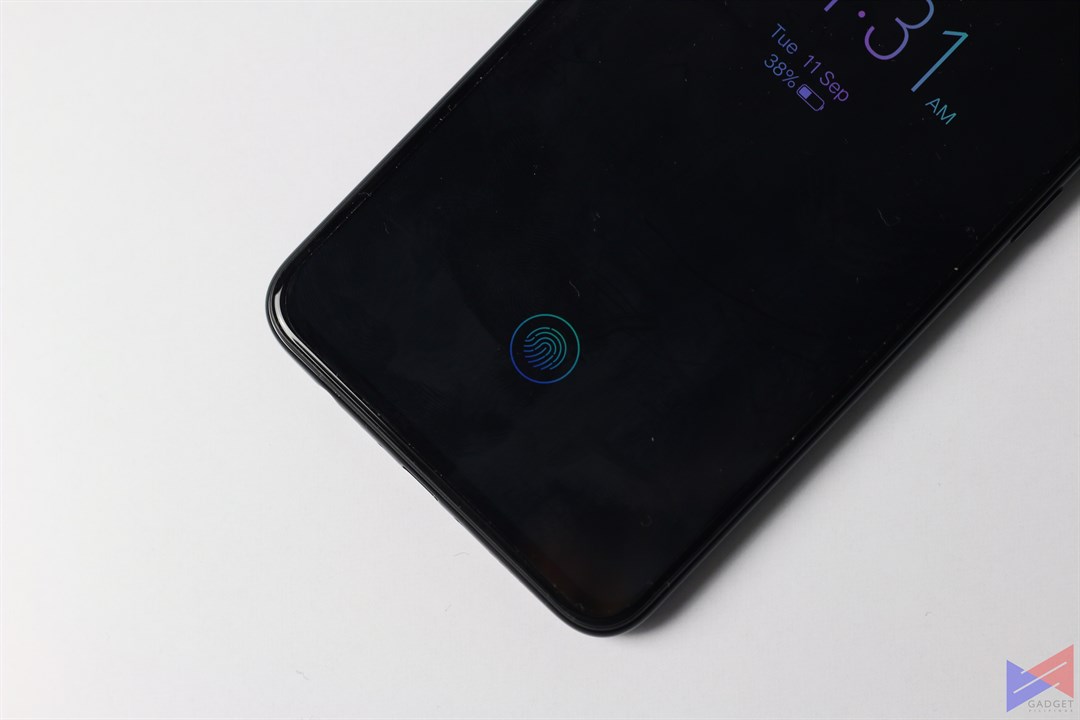 Like the X21, the V11 also houses an in-display fingerprint scanner that works most of the time. It’s fast enough, but not as fast as using face recognition. Hopefully, Vivo can continuously improve it.
Like the X21, the V11 also houses an in-display fingerprint scanner that works most of the time. It’s fast enough, but not as fast as using face recognition. Hopefully, Vivo can continuously improve it.
There’s Game Mode, which optimizes the phone’s performance and also stops notifications from bothering you when in-game, the ability to change the screen’s color temperature, gesture support, and an alway-on-display, which shows a limited amount of information.
The verdict, so far
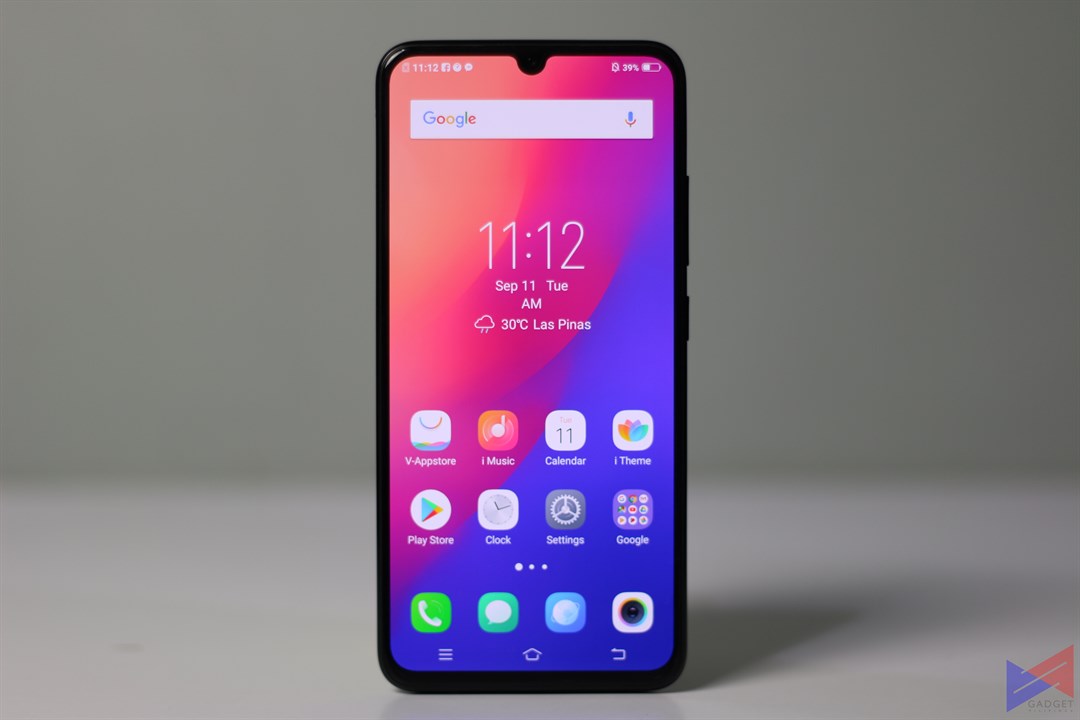 The Vivo V11 isn’t exactly a world’s step-up from the V9, but the company seems to have gotten the formula right – a sleek and premium design, more screen, surprisingly good cameras, and a feature-packed operating system. On the downside, it still uses a microSD card, its depth of field effect can be a hit or miss, and the operating system could use a bit more customization.
The Vivo V11 isn’t exactly a world’s step-up from the V9, but the company seems to have gotten the formula right – a sleek and premium design, more screen, surprisingly good cameras, and a feature-packed operating system. On the downside, it still uses a microSD card, its depth of field effect can be a hit or miss, and the operating system could use a bit more customization.
There’s still a lot of things to test, such as battery life and gaming performance, so prep yourself up for our full review, coming soon.
Emman has been writing technical and feature articles since 2010. Prior to this, he became one of the instructors at Asia Pacific College in 2008, and eventually landed a job as Business Analyst and Technical Writer at Integrated Open Source Solutions for almost 3 years.






